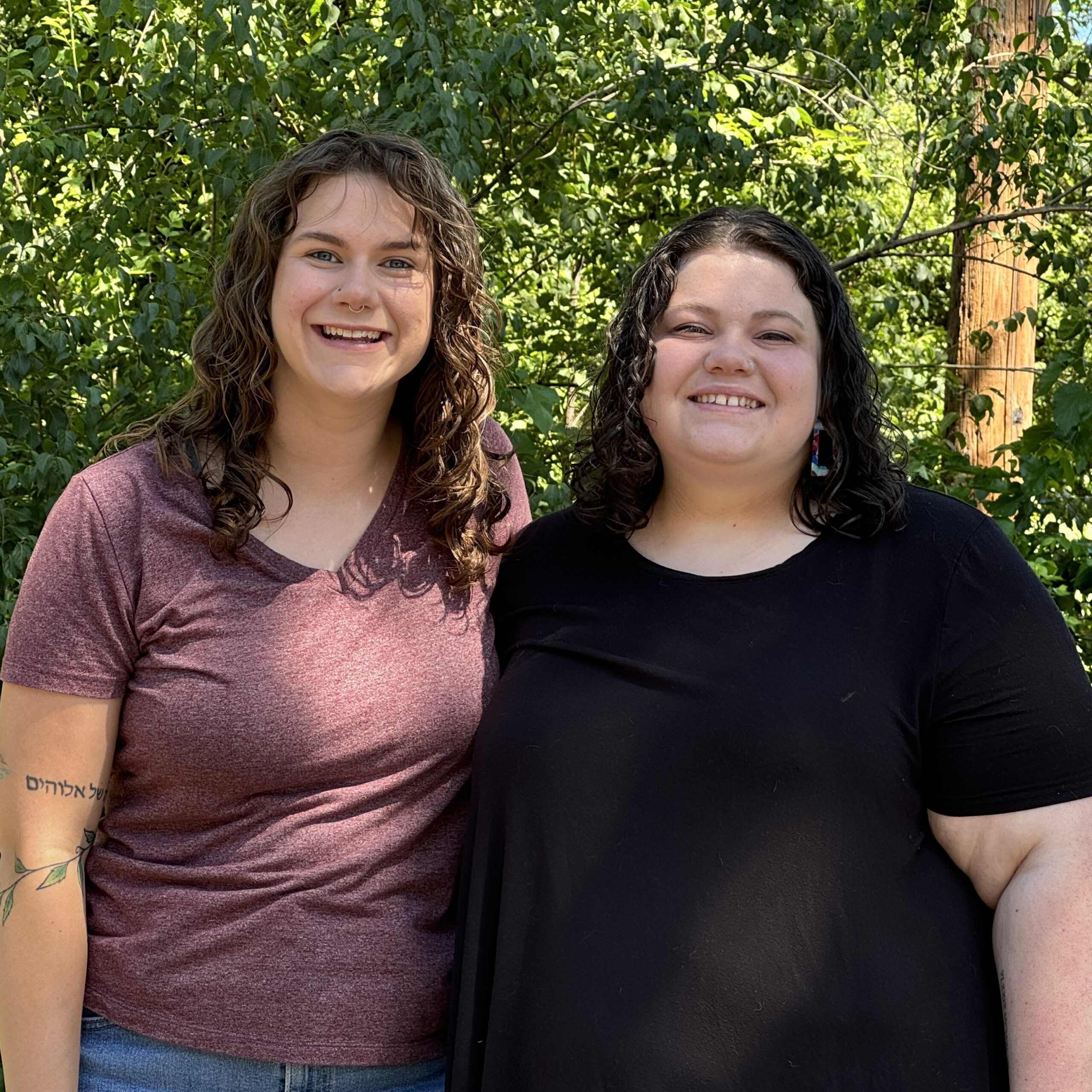Guest Blog by Becca Boren (she/her) and Cass Malcolm (she/her), Therapists
Recently, one of us had a conversation with a client who shared about a heated argument with their grandmother. As they talked about the argument and getting grounded, I expected to see anger or sadness – typical reactions from a teenager in response to punishment. Instead, they grinned from ear to ear.
Reflecting this back, I said, “We are talking about you getting in trouble, and I can’t help but notice you have a huge smile on your face.”
The client’s smile grew even wider.
“Yes,” they responded. “Because she may have been yelling, but she called me by my chosen name.”
This moment highlights the profound impact of gender-affirming care, showing that it’s much more than simply providing a service to a client; it’s a compassionate and supportive way of being with them. It is about the deep, personal validation of one’s identity and the impact that has on their life.
Gender-affirming care has roots stretching back to the 1920s with Magnus Hirschfield, a German Jewish physician and sex researcher who worked to promote the rights of those who did not conform to gender or sexual norms. In its simplest form, gender-affirming care encompasses any services (psychological, medical, social, etc.) that are provided and designed to support and affirm an individual’s gender identity.
 At Cornerstones of Care, gender-affirming care looks like using a client’s chosen name and pronouns, helping families find gender-affirming medical care, providing safe spaces for personal exploration and expression, and offering therapy services.
At Cornerstones of Care, gender-affirming care looks like using a client’s chosen name and pronouns, helping families find gender-affirming medical care, providing safe spaces for personal exploration and expression, and offering therapy services.
While gender-affirming care is not a new concept, the conversations around it are expanding with increased visibility through various media outlets. This change in visibility can be intimidating as we learn how to participate in these conversations, but leaning into this vulnerability is ultimately positive for all. As we all learn and grow, those who have been fighting to be acknowledged are being given spaces to safely share their experience and expertise. More people are advocating for inclusive and accepting spaces for all, starting with the individual support provided by organizations like Cornerstones of Care.
If you are new to this conversation, you may wonder, “Where do I start?”
It begins with understanding our shared motivation for working at, volunteering with, and supporting Cornerstones of Care: to provide safe, caring, and loving spaces for our community members impacted by trauma.
Across all positions, programs, and departments, we align in recognizing unmet needs and a desire to bridge those gaps. Part of working with the community is acknowledging that those we serve know themselves better than we ever could. Gender-affirming care challenges us to trust our clients and respect the choices they make about how to exist in this world.
Another example highlighting the significance of gender-affirming care occurred during a first session with a different client. When asked for their pronouns, the client shared that they identify as transgender and use they/them pronouns. Immediately after saying those words, they started to cry. I initially interpreted their tears as sadness, but the client corrected me, explaining that they were crying tears of relief.
“I normally have to spend the majority of my life defending myself, like I am in war,” they said. “I know I do not have to do that now.”
The simple questions that I asked created a sense of safety for this client, forming the foundation of the therapeutic relationship that is so integral to creating effective change.
We encourage everyone to seek opportunities to support and affirm individuals and families. Every act of affirmation and support can transform lives. At Cornerstones of Care, we strive to create these moments of safety and acceptance daily, seeing firsthand how they pave the way for healing and growth.
Four Easy Ways to Practice Gender-Affirming Care and Show Your Support:
1. Include your pronouns when you introduce yourself to new individuals.
“Hi, my name is ____ and I use ____ pronouns.” Or including pronouns on your email signature and business cards.
2. Ask and use someone’s chosen name and pronouns.
“What name and pronouns would you like me to use when we are together?”
3. Incorporate more gender-neutral language into your convers
ations.
Use they/them pronouns before you clarify someone’s preferences.
4. Do some research!
The Trevor Project provides resources for individuals at any stage of their journey to becoming a more inclusive care provider and ally. We encourage you to check out their Resource Center and explore different introductory educational resources.
References:



